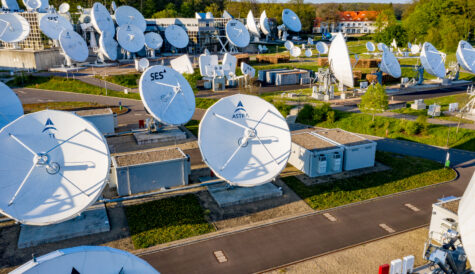NPAW: video plays rising but engagement falling as competition grows
 For the second year in a row, providers around the globe saw a year-on-year increase in the total number of video plays while daily consumption per user and service continued to drop for both VOD and linear TV, according to quality assurance specialist NPAW’s 2022 Video Industry Streaming Report.
For the second year in a row, providers around the globe saw a year-on-year increase in the total number of video plays while daily consumption per user and service continued to drop for both VOD and linear TV, according to quality assurance specialist NPAW’s 2022 Video Industry Streaming Report.
Daily consumption per user for VOD dropped by 12% while linear TV was down 23%.
In addition to the time each user spent watching VOD falling, viewers watched fewer titles, down 7%.
Linear TV users watched 11% fewer titles per day.
Streaming quality of experience stabilised for VOD continued improving for linear TV, according to NPAW.
The report found that global VOD quality stabilized, showing the fruits of significant cross-industry technology upgrades made in previous years. The average bitrate for VOD decreased by 1%, suggesting the beginning of a plateau in VOD video quality, according to the company.
However, global Linear TV quality kept getting better, demonstrating how highly broadcasters and operators continue to prioritize linear TV QoE.
Average join time for both VOD and linear increased, suggesting providers are implementing longer time lags to allow for higher-quality video to load in order to avoid mid-stream buffering, said the report.
Sports was a major driver of viewer interest. Providers with streaming rights to the FIFA World Cup enjoyed an increase of 80% in the total number of plays and 83% higher total playtime when compared with the previous six months.
“With competition growing fiercer by the minute, it’s business-critical for streaming services to provide the right content and a superior streaming experience if they want to attract and retain users and maintain growth,” said Ferran G. Vilaró, CEO and co-founder of NPAW.
“To do so, they need to leverage their platforms’ data to the fullest extent, implementing advanced analytics solutions that combine technical performance monitoring and user journey insights.”




